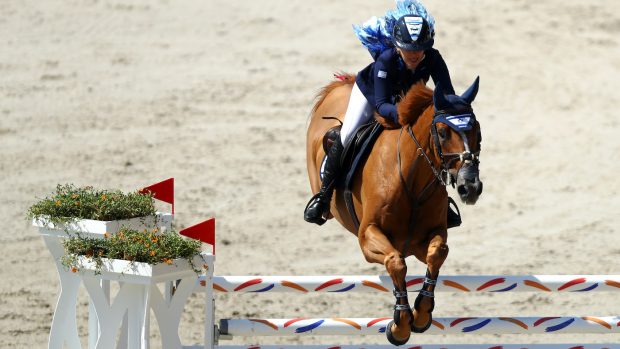A new equestrian breeding programme has been started in Cuba to provide quality showjumpers for overseas buyers.
The country started importing Dutch warmbloods in 2005 as a means of generating foreign currency. The horses were imported aged one-and-a-half and sold on at three, after being backed and trained.
At an auction held in January at the National Equestrian Club on the outskirts of Havana, 31 horses were sold for a total of $435,000 to buyers from Brazil, Canada, Guatemala, the Netherlands and Mexico.
“The great advantage is that they are already in the Americas,” Cecilia Pedraza, a Mexico City buyer told US press.
“They have been trained well, are advanced for their age, are very well-behaved and have excellent bloodlines.”
The National Equestrian Club is run by Flora and Fauna, a state enterprise that promotes Cuba’s natural resources.
It currently has 117 horses stabled in Lenin Park, near Havana.
Cuba is using its share of the auction proceeds to fund a new programme to breed the horses locally rather than import them expensively.
There are currently 24 mares in the breeding scheme and the foals born in the country will be used to Cuba’s heat and humidity from birth.
“They can adapt to the tropical conditions of our climate so people can have them in all countries in the Americas,” a vet at Rancho Azucarero, west of Havana said. An artificial insemination programme is currently being developed at the centre.
Quality horses for working farms are also being bred at Rancho La Gaubina, in Pinar del Río, a stud farm on the most westerly province on the island.
There are 200 horses on the state-owned property, including 40 prized Appaloosa and Pinto Cubano skewbald stallions and 80 mares.
Cuba has been breeding horses since the 16th-century but after the 1959 Communist revolution Castro’s government banned racing together with gambling and professional sports.



